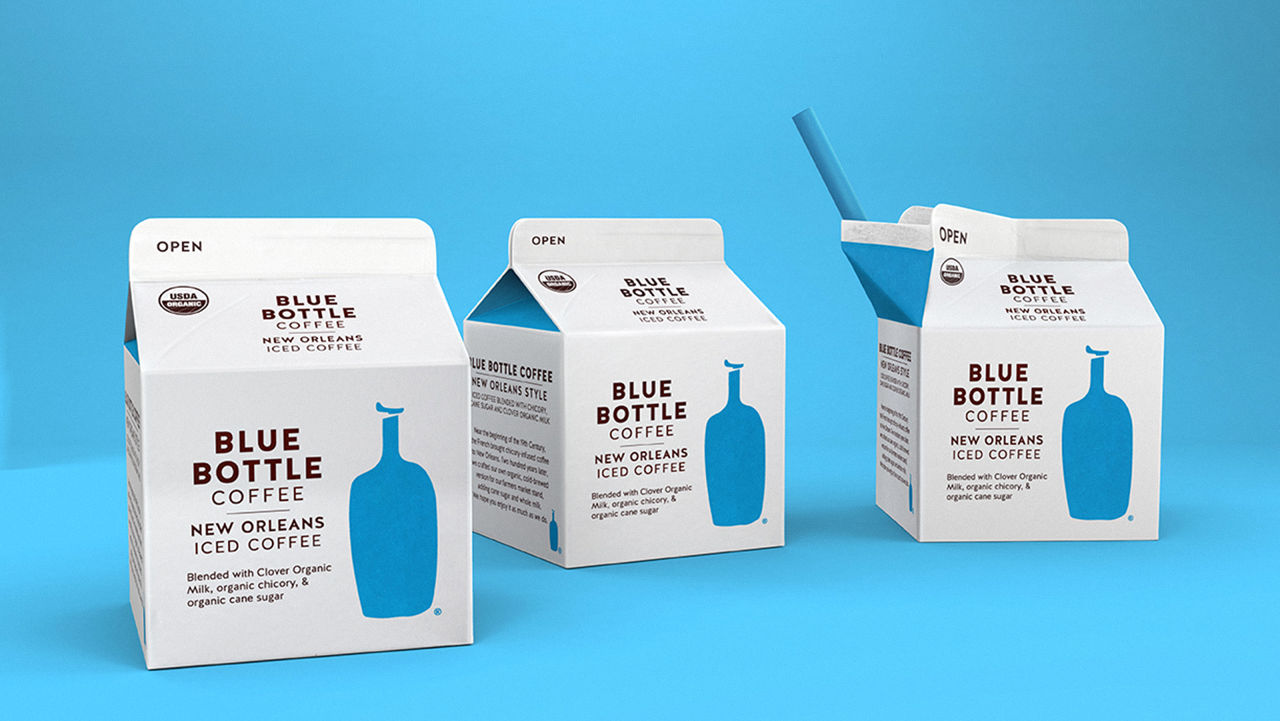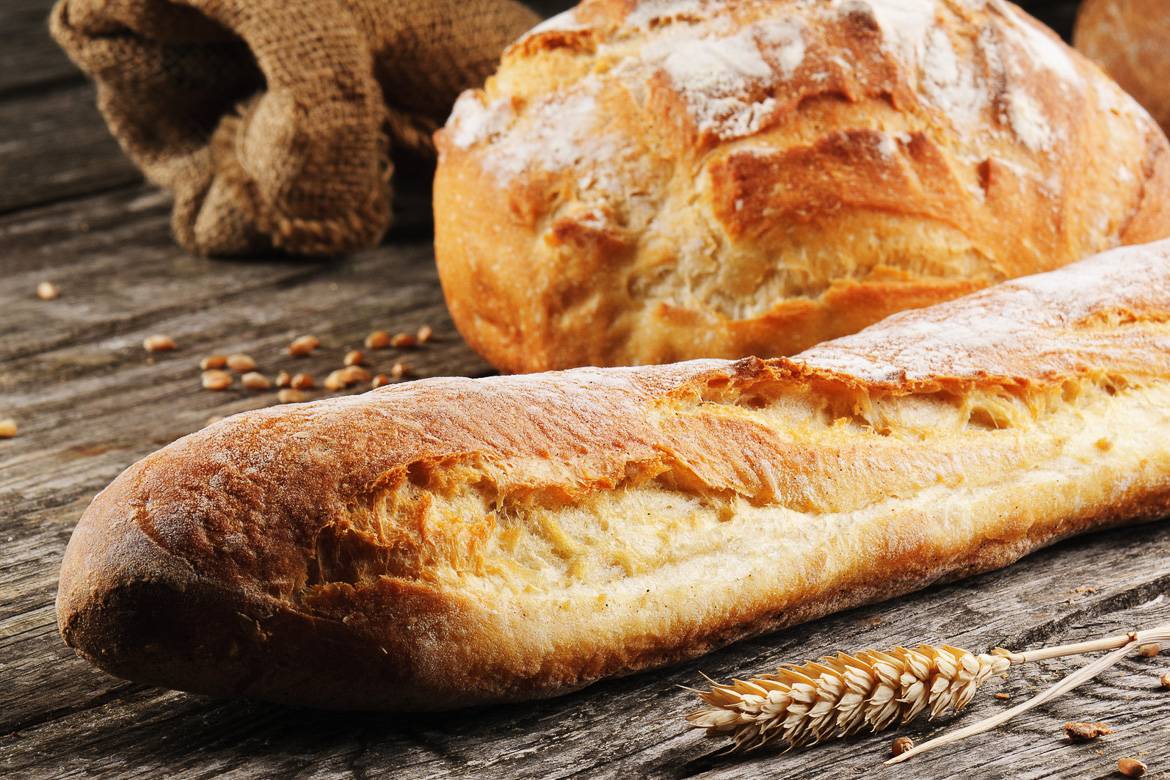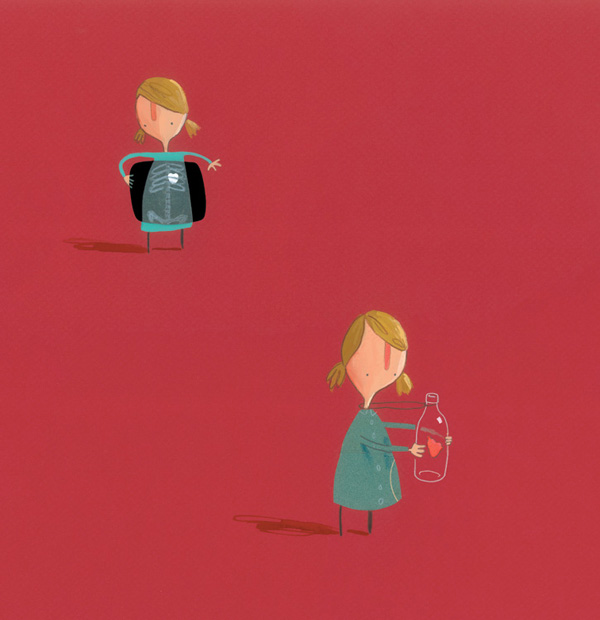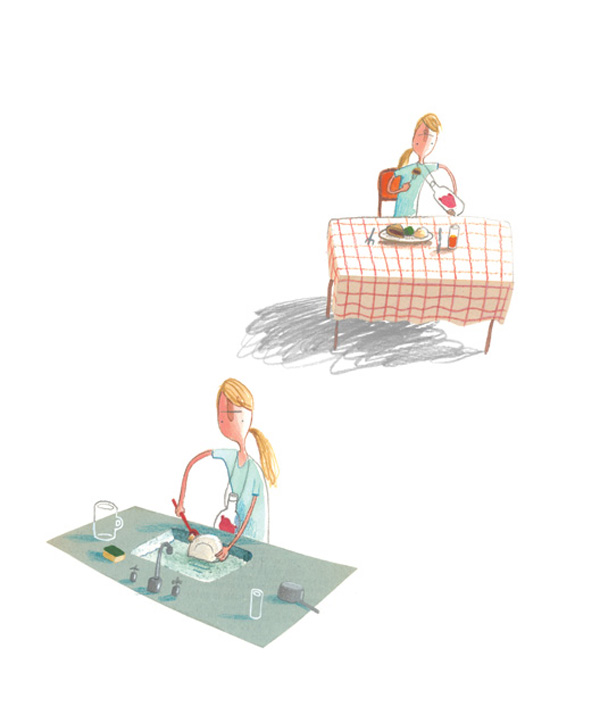Traveling to Ireland for the first time, what impressed me the most was neither North Antrim Coast nor the amount of Guinness Dublin-ers consume, but Irish sheep. Yes, you heard me correctly, I said sheep. Along my train ride: from Dublin to Belfast, from Belfast to Dublin to Galway, whenever I saw them, I would gesture excitedly, grab my friend’s arm and cry, “Look, sheep!”
My British friend gaped in awe and said, “Do you not have sheep in America? You know outside London we have sheep, just like these right?”
Alas, how do I explain my conviction that Irish sheep — set against blue sky and green grass — are somehow extra fluffy, and most likely extra special. Thank goodness my obsession is not alone. I was able to dig up an article from Boston Irish Reporter, titled “Hello sheep lovers: Ireland is the place for ewe” to prove my sanity.
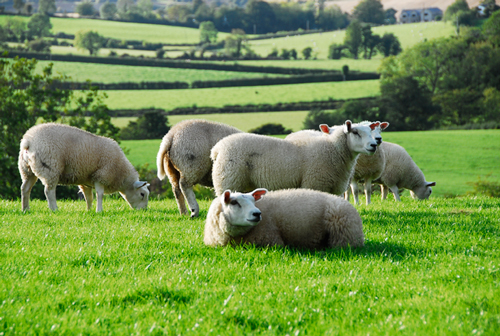
Blue sky, green pasture, and fluffy, cloud-white Irish sheep! (image credit: www.premier1supplies.com)

